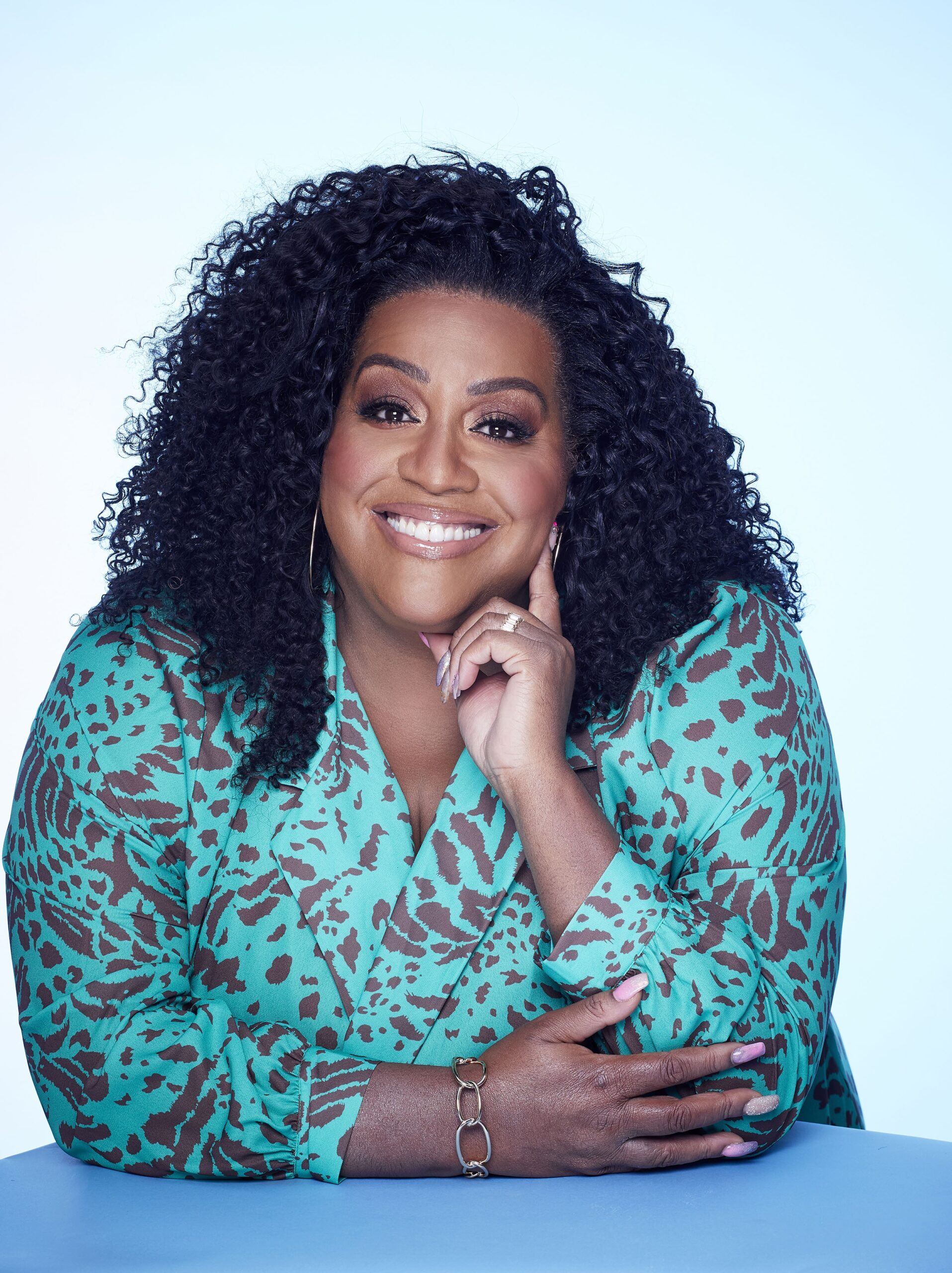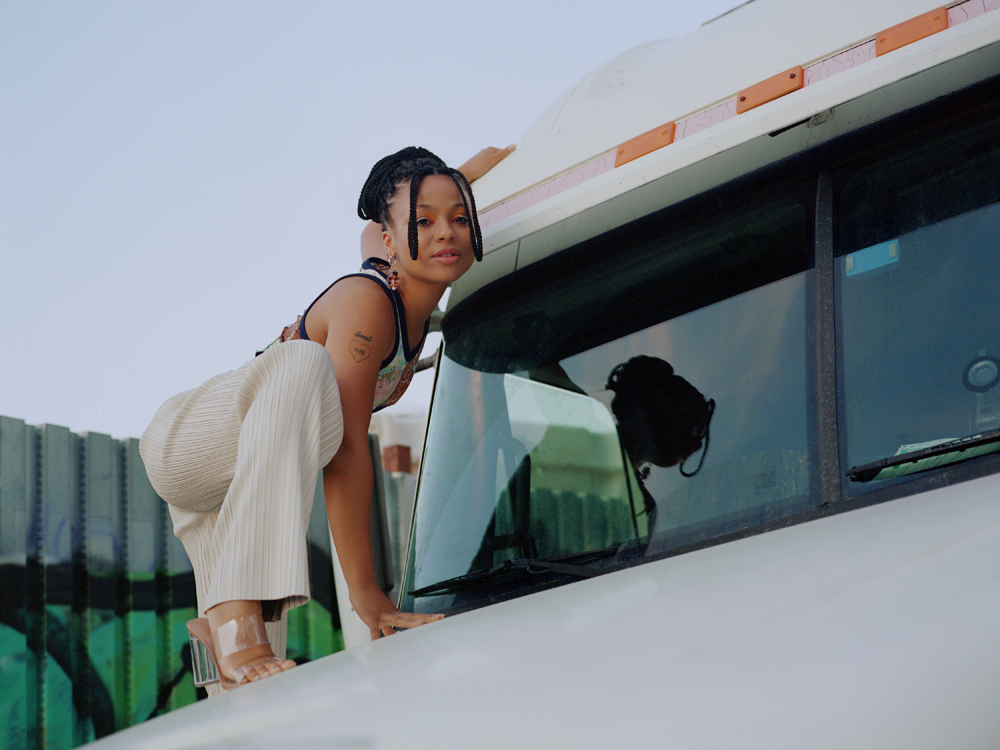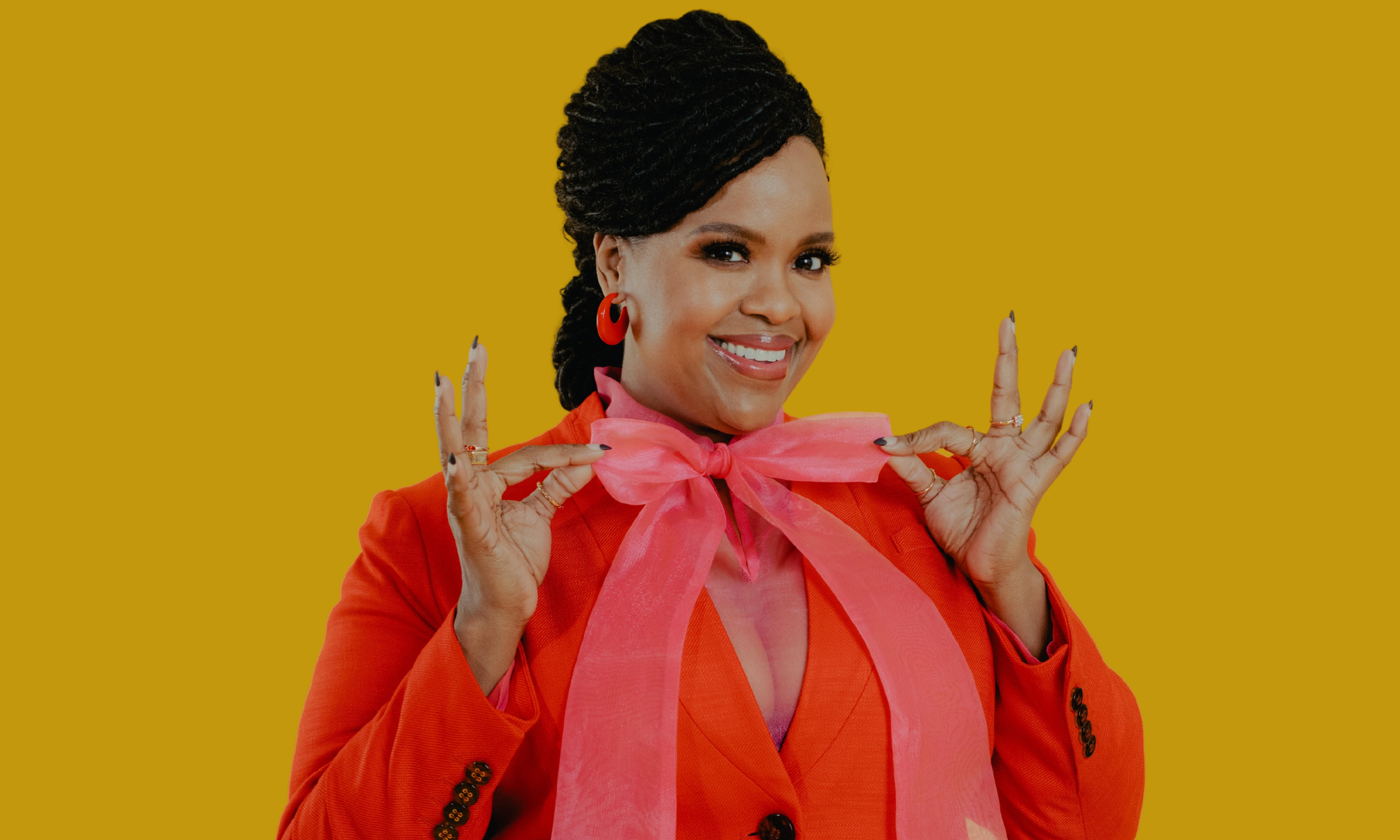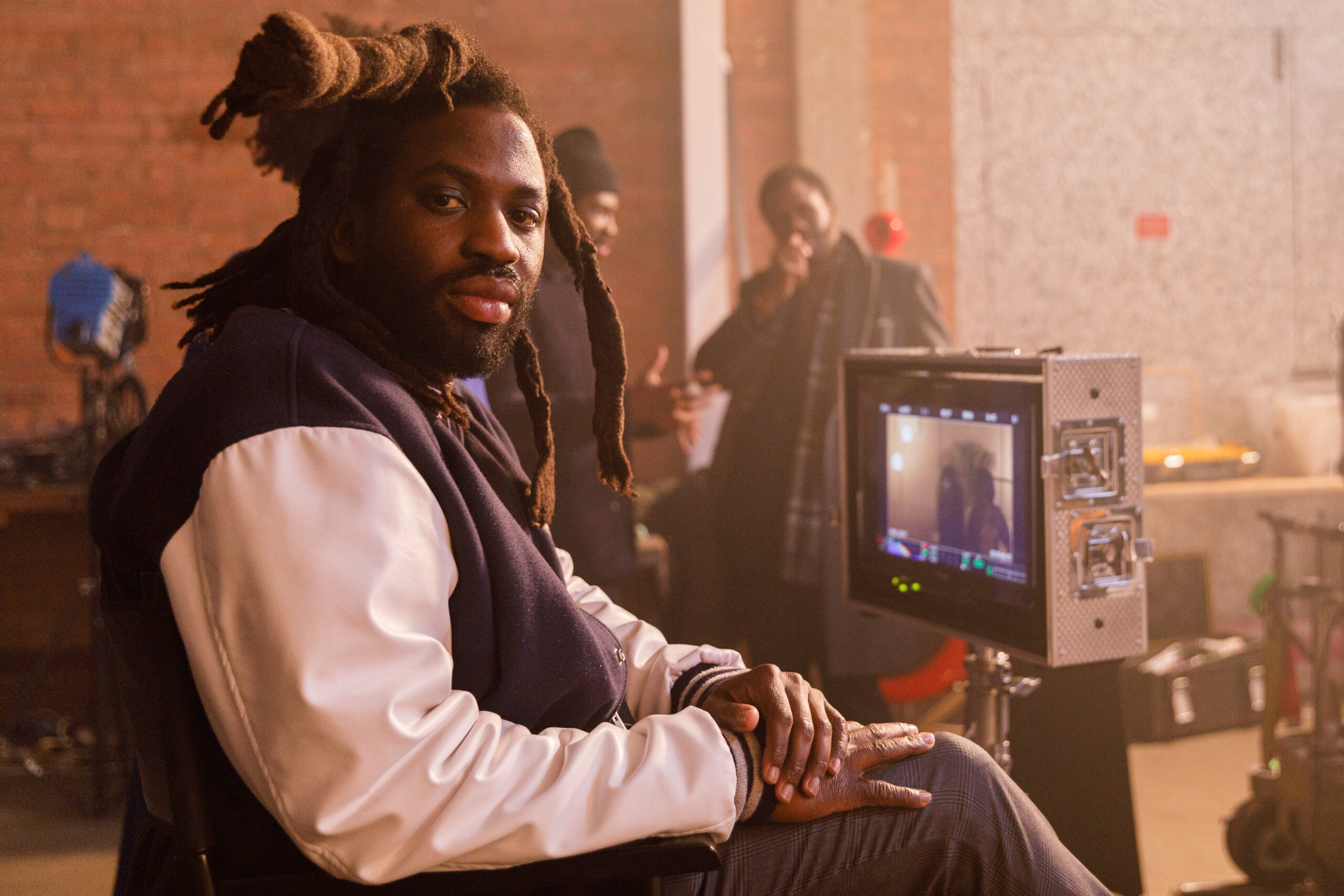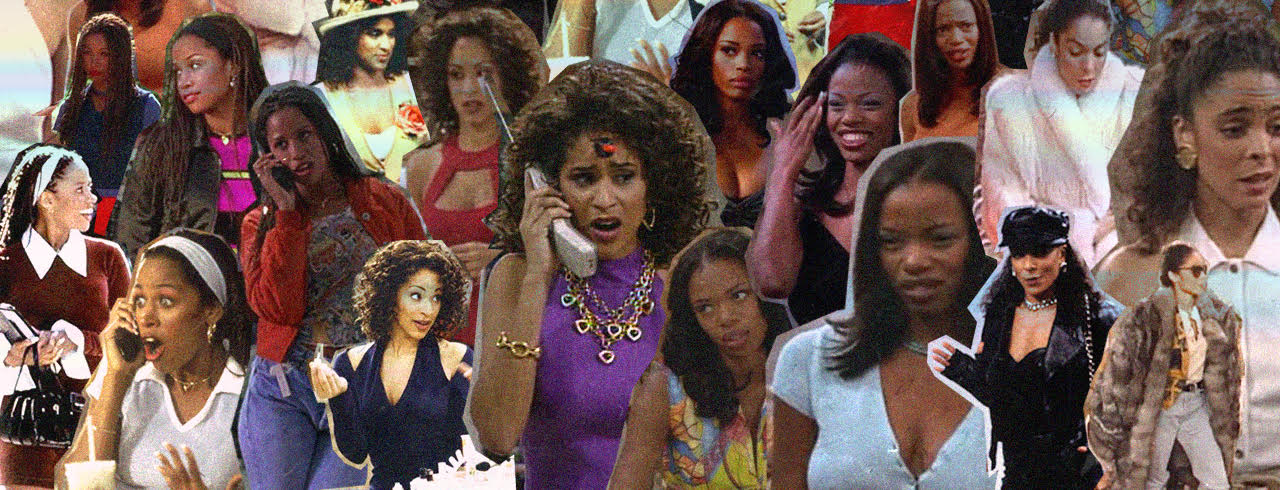
Illustration by Karis Pierre
At last, an analysis of the black and bougie screen queen
They're aesthetic goals but morally bankrupt so just what is this trope trying to tell us about race and class?
Karen Chalamilla
22 Oct 2020
In 2017, Migos gave us ‘Bad and Boujee’, an ode to women with expensive taste. A deliberate misspelling of bougie (short for the bourgeoisie), the club banger is just one of many examples of pop culture’s fondness of materialistic black women with a proximity to the middle classes. TV and film tropes, which have not always been kind to black people, have long embraced this archetype – especially in the 1990s and early 2000s.
Some memorable characters have been born out of this fascination. Recently Fresh Prince of Bel-Air fans celebrated the show’s 30 year anniversary when the queen of black brats, the aptly named Hilary Banks burst onto our screens. But the golden age of black television, in particular, offered to us so many variations of this woman that expanded and simultaneously solidified the trope. While Hilary was born with a silver spoon in her mouth, Girlfriends’ Toni Childs traded in an impoverished life on a Fresno farm for a chance at a more affluent one much later on in her life. Before all of this, in the late 80s, there was the trailblazing Southern Belle Whitley Gilbert from A Different World, Cher’s swanky sidekick Dionne Davenport in Clueless, and the most pompous of the Living Single crew, Regine Hunter. Also, Lisa Turtle from Saved by the Bell.
Hilarious, brazen and glamorous, these women made their mark on the TV landscape. They were materialistic and completely unapologetic about it, never shying away from blowing a bag on themselves. This noteworthy representation was significant as it coincided with a decline in the wealthier black population in America. From the 60s black middle classes were on the up, anti-discrimination laws in employment allowed this to continue into the 90s, when the wealth gap narrowed between black and white households. At the same time, African Americans were still over-represented in high poverty neighbourhoods. Thus their existence was almost satire – a comedic lens to magnify what was the ongoing economic negotiation of sorts between the haves and the have nots.
It also marked the beginning of a much richer and multifaceted depiction of blackness on TV where there were more spaces for these nuances within the black community. As a 1990s baby on the other side of the globe, these women were aspirational as much as they were didactic. I wanted to be them, sure, but I was also incredibly aware of their shortcomings. In many ways, their complex nature still informs that of so many of our current problematic faves, including Insecure’s Molly Carter and Mary Jane Paul from Being Mary Jane.
In Fresh Prince of Bel-Air, the Banks family take Will in from Philadelphia to stop him from getting into trouble. His cousins, including Hilary, adhered to respectability in order to fit into a predominantly white West Coast suburbia. They’re too rich to function. Ultimately Will and Jazz’s street-wise tendencies stand in stark contrast but are presented with more depth.
A Different World was a spin-off of The Cosby Show which was a blueprint for middle-class representation on American TV with a model and very-present father. The story, which originally followed Denise Huxtable to college, changed in season two to follow Whitley Gilbert-Wayne and show a more accurate representation of HBCU life. The less affluent students of Hillman College exposed Virginia-born Whitley’s uppity demeanor as out of touch as she can barely comprehend a lifestyle different from the sheltered one she lives.
“In many ways, their middle-classness is something that separates them from people of the same race”
Dione in Clueless’ navigates black and white social groups at her Los Angeles high school. However, there is very little interaction between classes in the film, which is an adaptation of Jane Austen’s Emma, so we don’t see how Dione is received by working-class black people. It is notable though that Dione’s anger towards her boyfriend is sparked when his language or aesthetic stray too deeply into what was hot in hip hop culture at the time – from shaving his head to using “street slang”.

Serving looks is also a part of their rich legacy. The mark of a bougie black character is their impeccable wardrobe, each outfit change marking them out as different from the others around them. While other students from the fictional Hillman College would roll out of bed in sweatpants and oversized jerseys, Whitley Gilbert would be seen in Chanel suits adorned with gemstone brooches, colourful blazers paired with form-fitting pencil skirts, and (always) a heeled shoe.
Not only did Whitley’s character reflect the best trends from the late 80s and 90s, but she also served as the creative backdrop for many of the black and bougie characters that came after her. In addition to opulent suits, Hilary Banks’ wardrobe included a neverending roster of the most flamboyant church hats, a symbol of affluence and beauty in black culture. Similarly, Dionne Davenport spiced up Clueless by marrying her iconic ensembles pulled from NY street style with big, bright, and fuzzy hats, her character-defining nose ring, and of course, box braids. Aesthetically these girls sit at the intersection of two worlds, wearing items coveted by their affluent peers, but mixing them with stylistic markers that show they’re still black.
While that might seem like a moot point that these black women are black, the script sometimes reflects unfavourable opinions of rich black kids. In many ways, their middle-classness is something that separates them from people of the same race in the show. Above all the thing that bonds these women is that they have very little self-awareness, each of them a rich mix of entitlement and classism towards anyone who did not match or exceed their bougie standards. They were funny, sure. But mostly because you were invited to laugh at them. Mocking the rich is a favourite pastime in pop culture; think about the many reality TV shows showcasing their ridiculously out-of-touch lifestyles. But behind these caricatures is the silent battle between aspiration and alienation.
“The path to redemption for these women involved being brought back from the dark side by a good, down to earth, black man”
While a bougie black woman might attain most of their desires, their love lives were a consistent point of contention. Literature reveals that black middle-class single women are a gradually growing demographic. The love life of the black and bougie woman was often centered around her aspiration to partner with an affluent black man. In the cases of Whitley and Hilary’s characters, this is a desire they had to overcome.
For Whitley picking love meant foregoing the preservation of her middle-class status, partnering with Dwanye over a dashing, much richer senator called Byron. Toni’s desire for a rich husband was also framed as a superficial trait that she tried to get over but never quite could. In season one, of Girlfriends when she accepts an engagement proposal from an affluent Clay, while she is still in a relationship with struggling artist Greg, her best friend Joan berates her. “You’re still just an insecure little country girl from Fresno impressed by a Beverly Hills doctor, aren’t you?” she asks. Meanwhile, Hilary’s chance at a long-term relationship with the man of her dreams is snatched away when her boyfriend, Trevor, tragically dies in a televised bungee jumping accident after she asks him to propose in a grand way. Being high maintenance ultimately ruined her chance at a genuine, loving partnership. If that isn’t an allegory I don’t know what is.
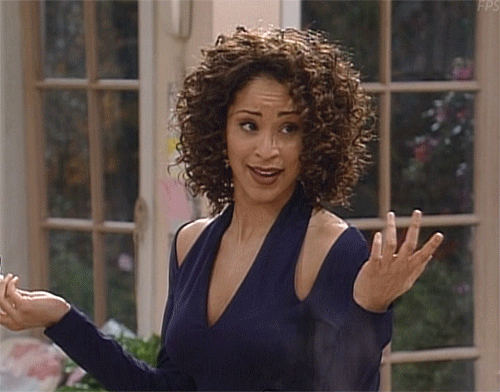
Before you take away the message that the bougie black woman is bad news, writers seem keen to reveal that underneath this highfalutin woman lies redeemable qualities. Most of their narratives consisted of growth-inducing situations that slowly chipped away at their lack of empathy. By the end, you’re left thinking “oh she wasn’t awful, she just needed to grow up”. Part of the role of the other characters around them was to facilitate these growth arcs, and these were almost always working-class black people.
Whitley became a lot more tolerable once Dwayne’s perpetual annoyance at her turned into a romantic interest. And once Geoffrey, the Banks family butler (a freaking servant!) took up the role of a father figure of sorts with Hilary, we started to see a much more likeable side to her. Jazz’s character, partly written in to swoon over her, also gave us a few wholesome moments down the line when she stopped ignoring him for the better half of the show. Whether it was through a father figure or romantic interest, the path to redemption for these women involved being brought back from the dark side by a good, down to earth, black man. Cue Dione softening once her hip hop loving boyfriend with street smarts gets her off the freeway safely.
For some of these women, this trope also expertly explored the precariousness of a black middle class in general. Toni, who was bougie by all the standards, still found herself broke multiple times through the span of Girlfriends. Regardless of the standards and lifestyle, she touted, her blackness rendered her far closer to a working-class lifestyle than that of an upper class one.
As pop-culture has become more sensitive in the way it engages with race and class, most comedy shows have evolved past crassness – you would be hard-pressed to find a butler in a show with predominantly black characters now. Consequently, the commentary when it comes to middle-class black women’s position in society tends to be far less overt. In Black-ish, the contrast between Bow’s much more diplomatic parenting and her in-laws’ carrot-and-stick method is highlighted as a way to explore how rich black women bring their kids up differently. In Insecure, the way Issa’s lawyer BFF Molly navigates professionalism in both a predominantly white as well black office setting highlights the contention between race and class.
Bougie black women have left an unmistakable legacy on entertainment. While they may first appear to be two-dimensional they’re a clever tool to unpack debates around solidarity, social mobility and black love. They’re on a tightrope between two worlds that are seemingly lightyears apart but they still find a way to exist in both. Satirised or lauded, they make more memorable viewing.

